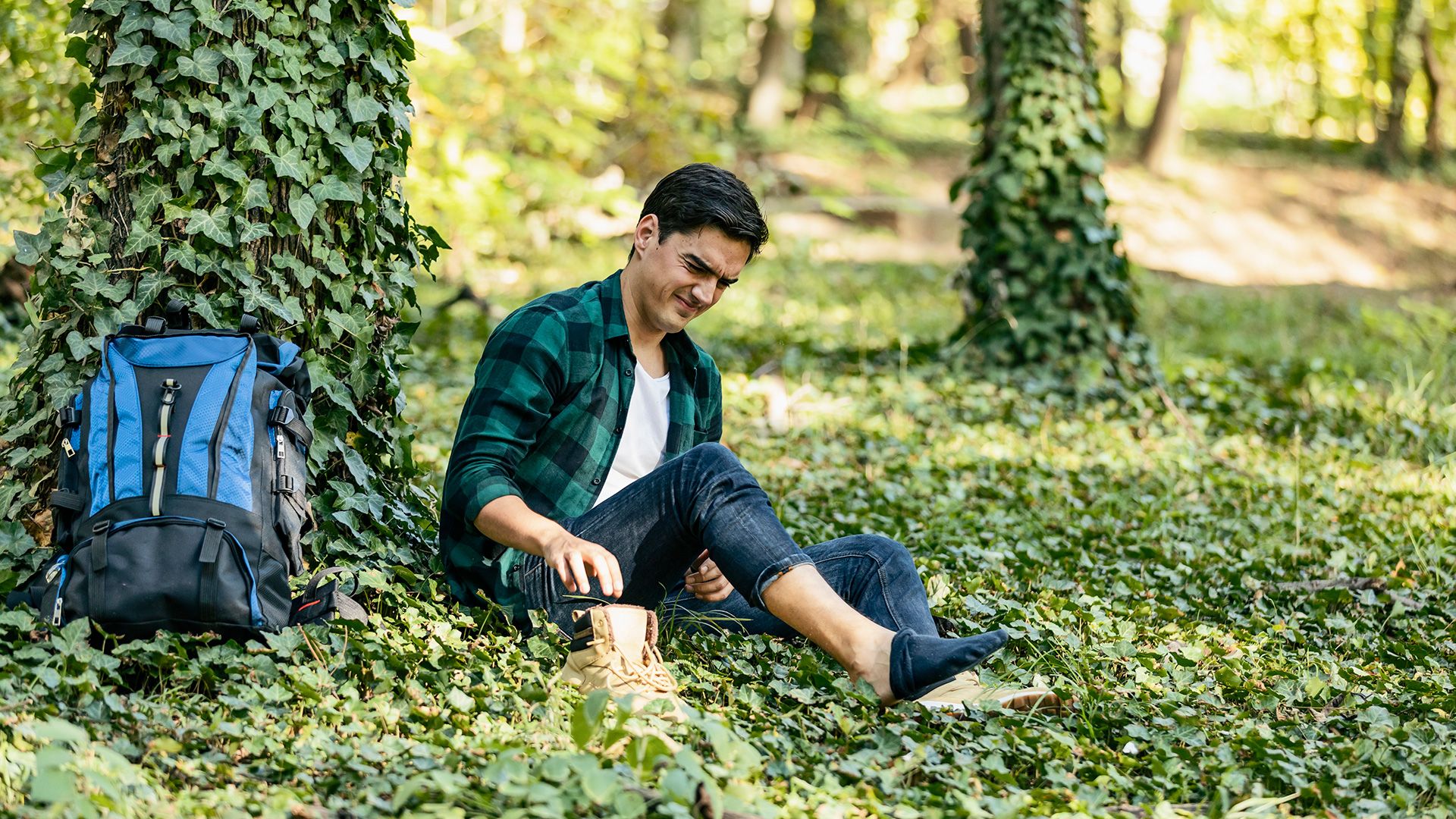

Happy feet make for happy hikers, but blisters will make walking painful, or even impossible. So it’s vital that hikers know how to prevent and treat blisters. In our guide, we'll share some top tips for avoiding blisters altogether, show you how to treat any blister should you get them, and finish with the foot-care kit you should be packing on any trip (you'll find many of these things in the best First Aid kits).
Before we start, let's quickly go through what exactly causes blisters in the first place. A blister is a little bump of fluid between the outer layers of your skin. The colour tells you what’s inside: a white blister is filled with clear fluid (serum); and a red, black or purple blister is filled with blood. An infected blister or cut can become a yellow/green pus blister.
Blisters can be caused by burns, allergic reactions or friction. They are part of the body’s natural healing process, creating a cushion that prevents the skin getting damaged further, whilst it heals underneath.
Foot blisters are usually caused by friction between the foot and the sock or boot. Whenever we walk, our feet move inside our boots, but if they move too little or too much, it leads to friction and a blister. You can also get blisters from frostbite (where the skin freezes and then thaws) or heat (from sunburn or walking on hot surfaces like sand and tarmac). In this article, we will focus on preventing friction blisters.
- Browse the best women's hiking boots
- Want something more lightweight? Try the best women's walking shoes
- ... or the best men's walking shoes
How to prevent blisters
1. Sort out your boots
Ensure that boots fit properly, and are broken in. During the breaking-in phase, they will rub, so only wear them for short periods (head to our guide for how to break in hiking boots for more on this). There should be some movement in the boot as you walk. Different lacing up-patterns will keep the heel more or less secure, so experiment until you find the right balance. It also pays to invest in a pair of the best hiking boots you can afford: good quality boots are designed to fit better and can break in faster than cheaper options.
2. Get some good socks
Sign up to the T3 newsletter for smarter living straight to your inbox
Get all the latest news, reviews, deals and buying guides on gorgeous tech, home and active products from the T3 experts
Socks take the brunt of any rubbing. Thickness is down to personal preference, and can be used to adjust boot fit – thicker socks fill the boot more. Double-layer socks, provide extra protection, but sometimes feel 'slippy'.
The best hiking socks will fit properly and be well-elasticated, with no creases or loose areas (which is why old socks cause blisters). Avoid socks that are too tight or made from scratchy material. If socks are not changed regularly, they become crusted and dirty, which creates sore points that lead to blisters.
3. Reduce moisture
When feet are wet, the skin softens, and blisters form more easily. Wet socks also rub more. Dry your feet with a flannel and talcum powder in the evening, and regularly change your socks. This also helps prevent trench foot or fungal infections.
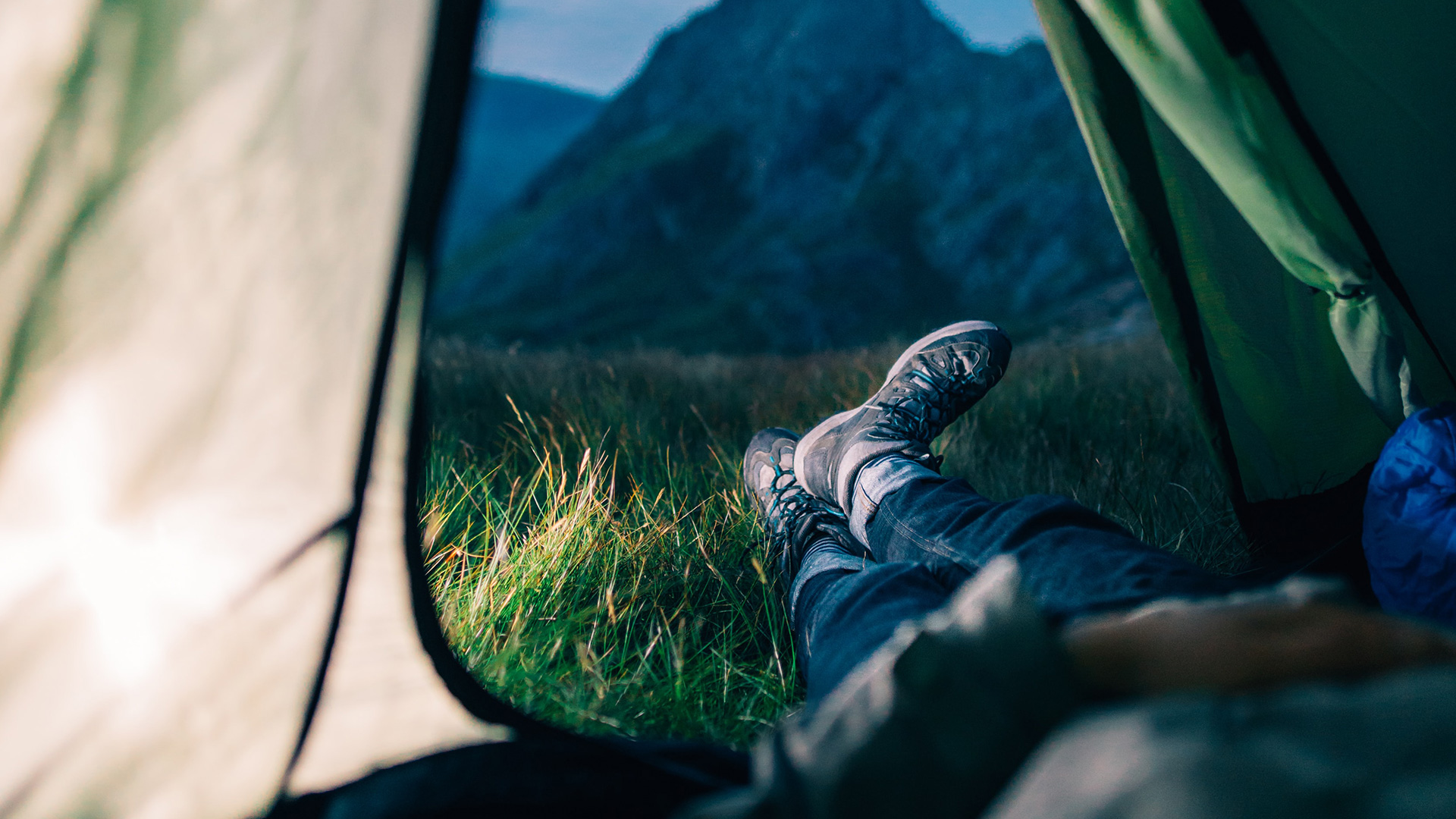
How to treat blisters
If, despite the above, you get blighted by a blister, here’s what to do next...
1. Tape up
The first sign of a blister is a 'hot-spot' of irritated, sore skin. Putting zinc oxide tape or plasters over the hotspot creates an additional layer, which takes the friction instead. This can also be done preventatively on known hotspots.
The tape can stick to socks and peel off, so apply some Vaseline to the tape once it has been applied, to eliminate any residual stickiness. Experiment with taping-up techniques before long treks, and replace the tape regularly.
2. Dress burst blisters
If a blister pops, the skin underneath is exposed and it will not be able to heal. Even worse, if you have not resolved the friction that caused the blister in the first place, the blister will sometimes reform as a painful 'blister on a blister'.
But, most importantly, a popped blister can become a site of infection. So, immediately clean it with antiseptic wipes and, ideally, iodine or antiseptic. Do not remove any of the loose skin. Put a thin dressing on the burst blister, and use zinc oxide tape to keep it in place. Change your dressing and re-sterilise regularly. Leave the blister open to the air each night, to help it heal.
Blister plasters like Compeed work, too. If you use them, be extra diligent when cleaning the wound before applying. Once applied, the plaster adheres to the next layer of skin, protecting it as it heals, so the plaster should not be removed until it falls off.
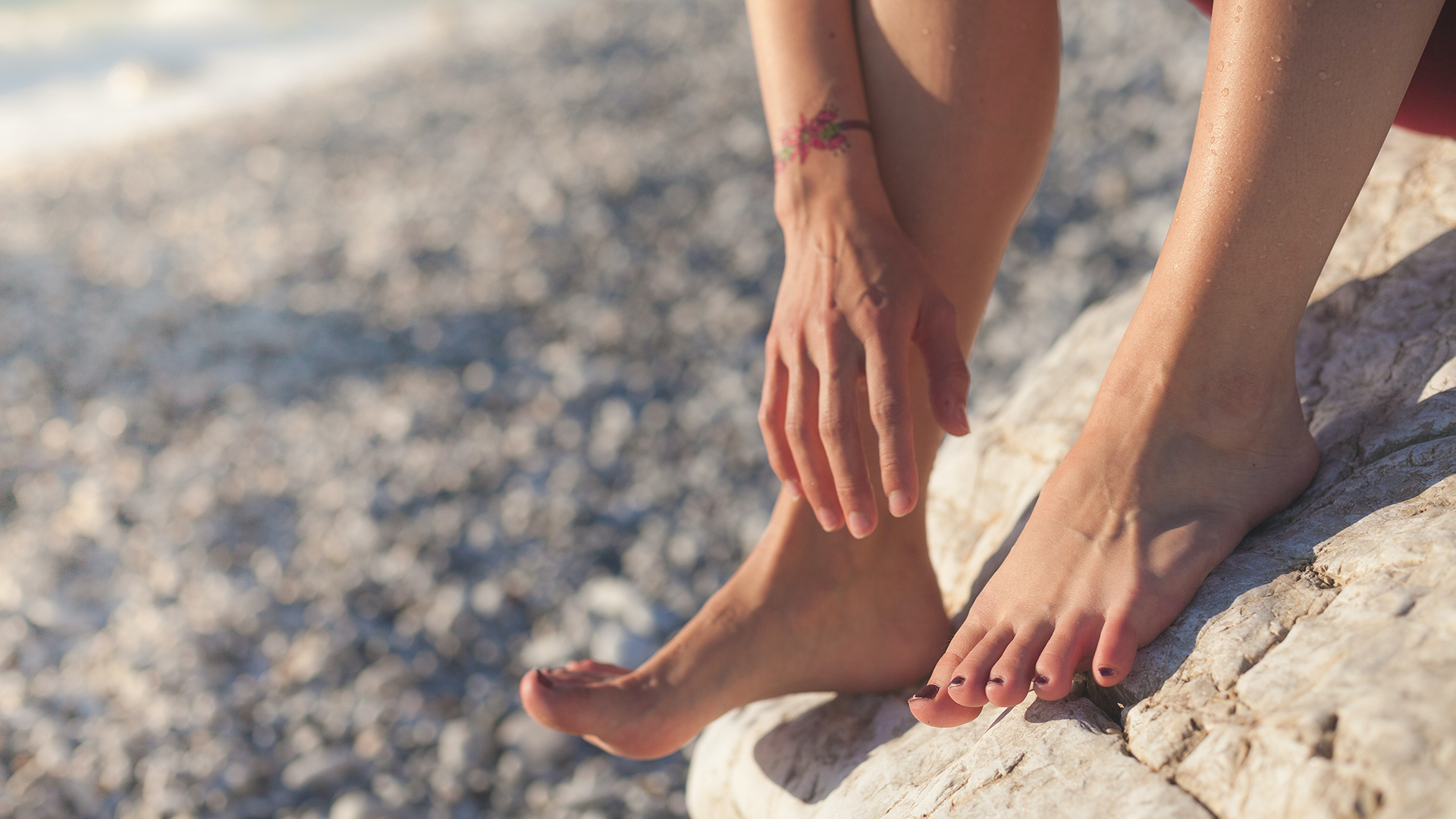
Should I pop a blister?
As a general rule, no – because of the risk of infection. Popping should only be done as a last resort, when the blister has got so large that it would have popped anyway, or when you cannot continue walking. If you choose to pop a blister, clean it with an antiseptic wipe, pierce the skin with a sterile needle, apply antiseptic, and then treat as above.
The ultimate blister-avoiding foot care kit
Pack the following in your day sack for happy, healthy feet on any trek. This should fit in a 0.4 litre Tupperware tub. The essentials are:
- Roll of zinc oxide tape.
- Vaseline decanted into urine sample tube
- Nail scissors
- Tweezers
- Compeed plasters
- Wound dressings
- Antiseptic wound cleansing wipes
And the following are optional, but useful, extras:
- Sterile needle in sealed packet
- Cotton buds
- Antiseptic/TCP/Iodine
- Sudacrem decanted into urine sample tube
Ash Bhardwaj is a writer, film-maker and podcaster, who tells unfamiliar stories about familiar places. He travels for adventure, history and current affairs – often involving long, uncomfortable walks. Ash hosts The First Mile, an immersive travel podcast.
-
 The AeroPress Go Plus is the gadget I need for my next outdoor adventure
The AeroPress Go Plus is the gadget I need for my next outdoor adventureWhether you’re off camping or heading on a hike, the new AeroPress Go Plus lets you enjoy great coffee on the go
By Bryony Firth-Bernard Published
-
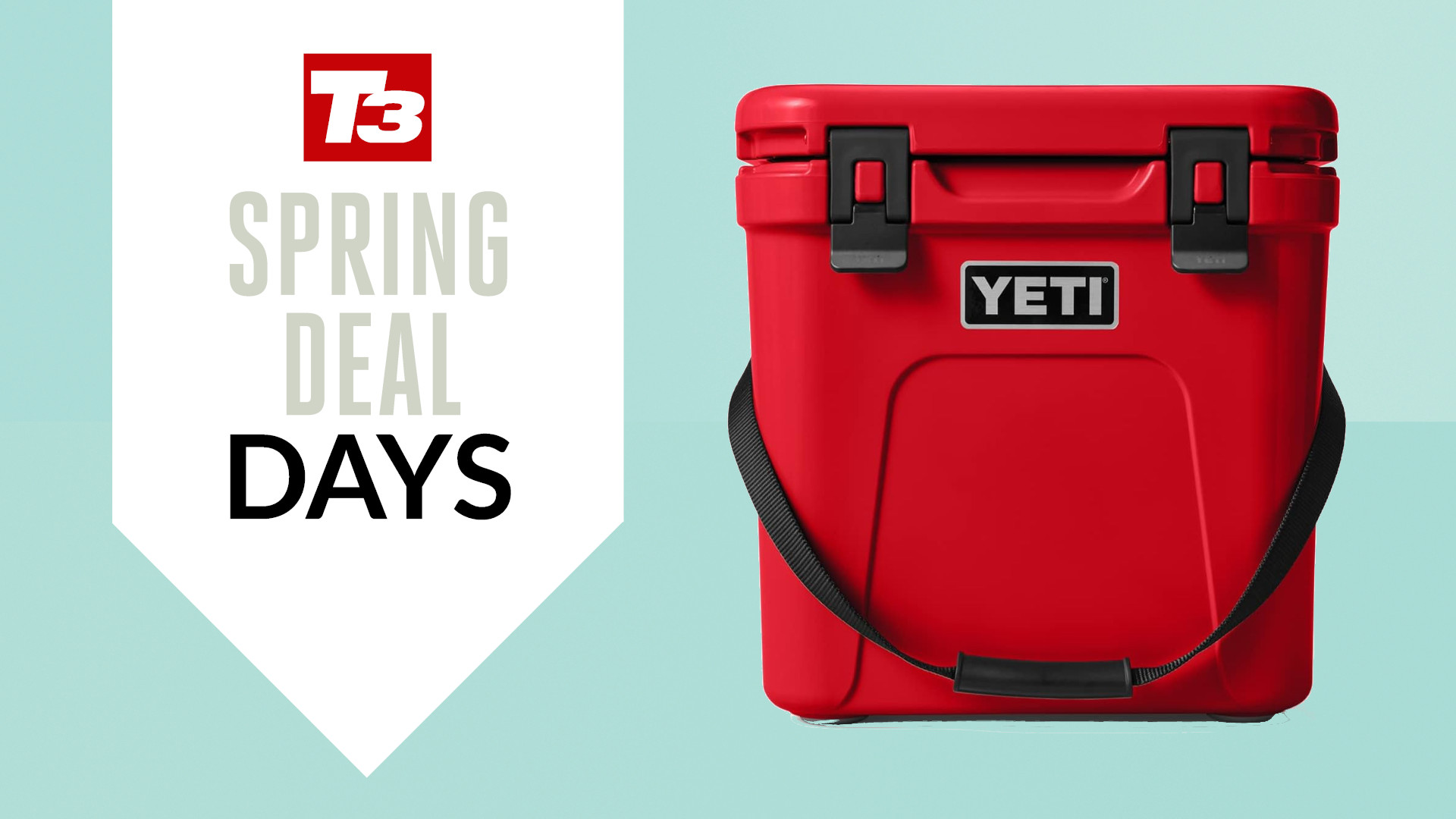 YETI has discounted a ton of its best-selling coolers and tumblers in Amazon’s Big Spring Sale
YETI has discounted a ton of its best-selling coolers and tumblers in Amazon’s Big Spring SaleJust in time for the warmer months
By Bryony Firth-Bernard Published
-
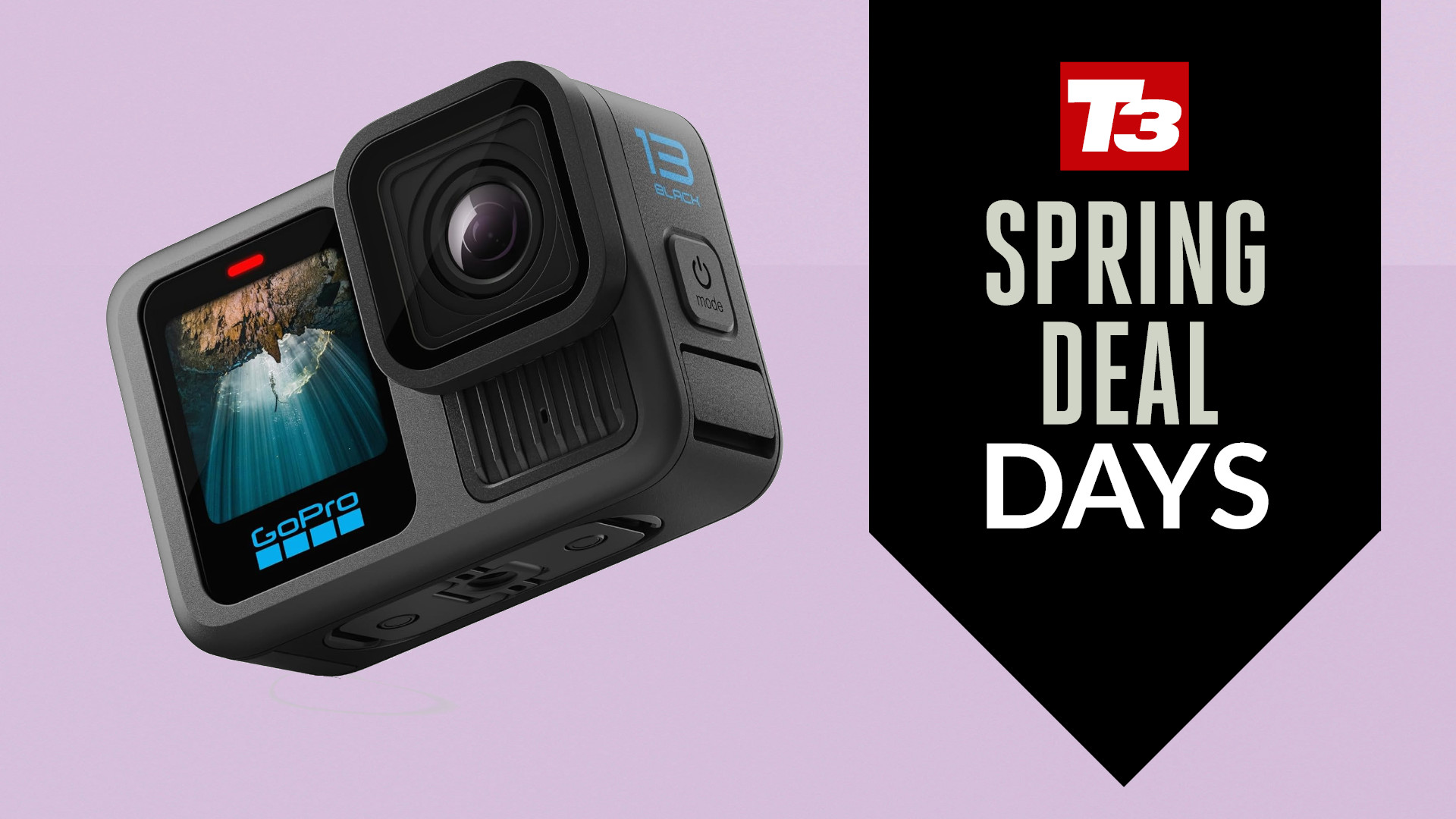 GoPro's latest flagship action cam just got a major price cut in Amazon's spring sale deal
GoPro's latest flagship action cam just got a major price cut in Amazon's spring sale dealYou can pick up the Hero 13 Black with almost 20% off
By Lee Bell Published
-
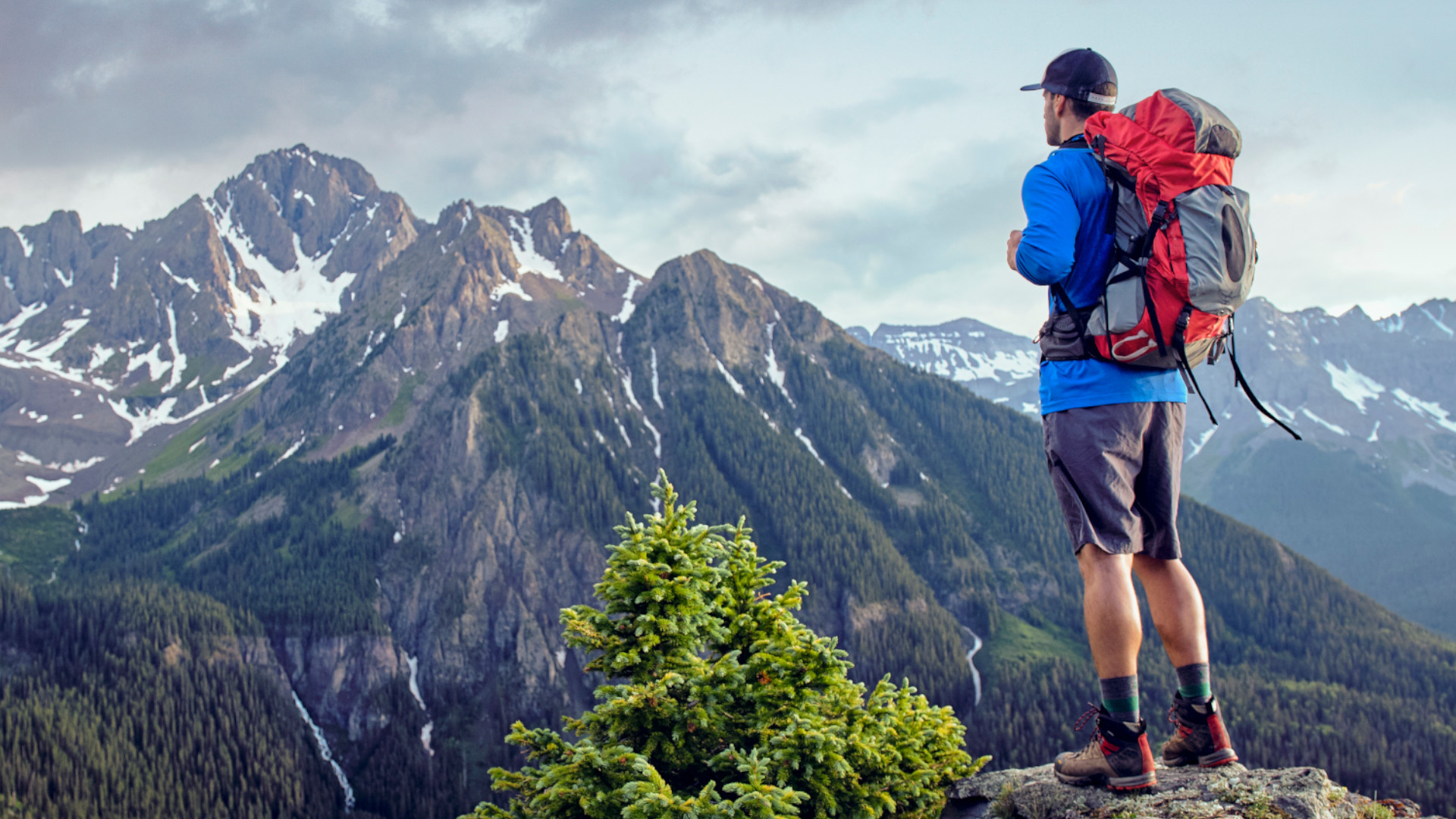 How to pack your rucksack for a hiking or camping trip
How to pack your rucksack for a hiking or camping tripPack properly, save space and get easier access to the items you need the most
By Bryony Firth-Bernard Published
-
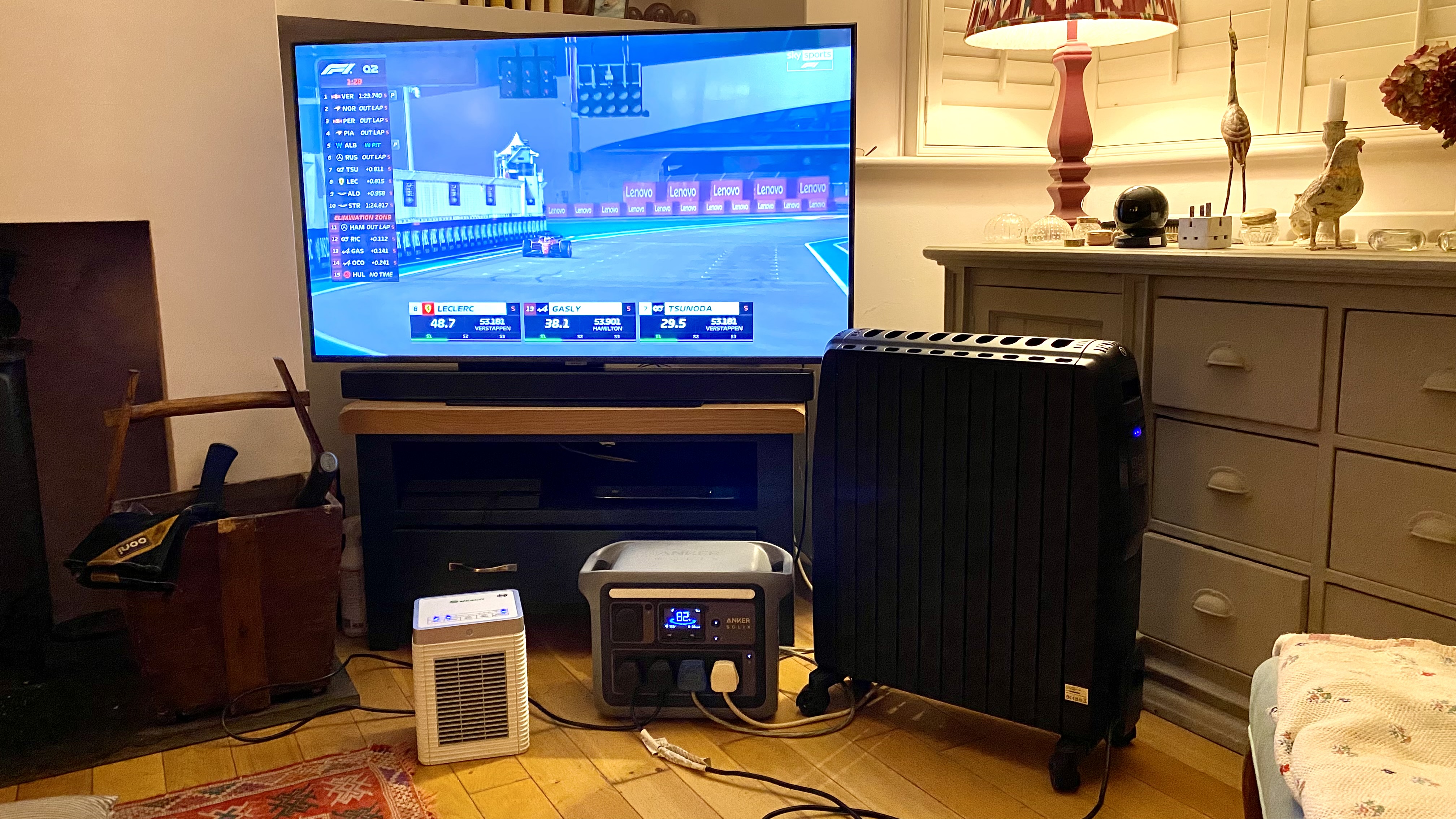 Change my mind: the smaller, the better with portable power stations
Change my mind: the smaller, the better with portable power stationsPut your portable power station to work when you’re not using it
By Derek Adams Published
-
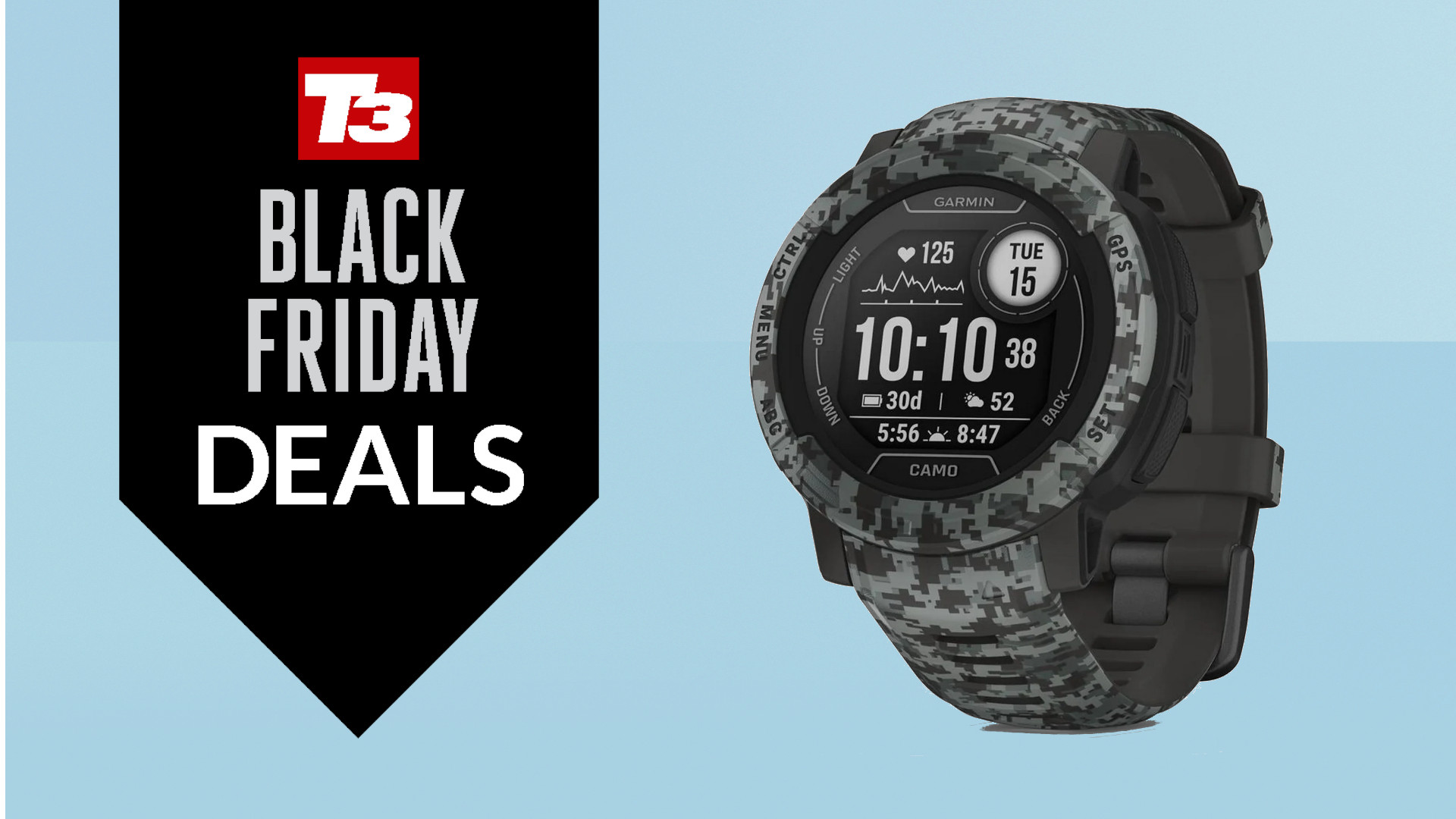 This rugged adventure Garmin is mega cheap in Walmart’s Black Friday sale
This rugged adventure Garmin is mega cheap in Walmart’s Black Friday saleThe Instinct 2 is a top watch for outdoor and sport enthusiasts
By Bryony Firth-Bernard Published
-
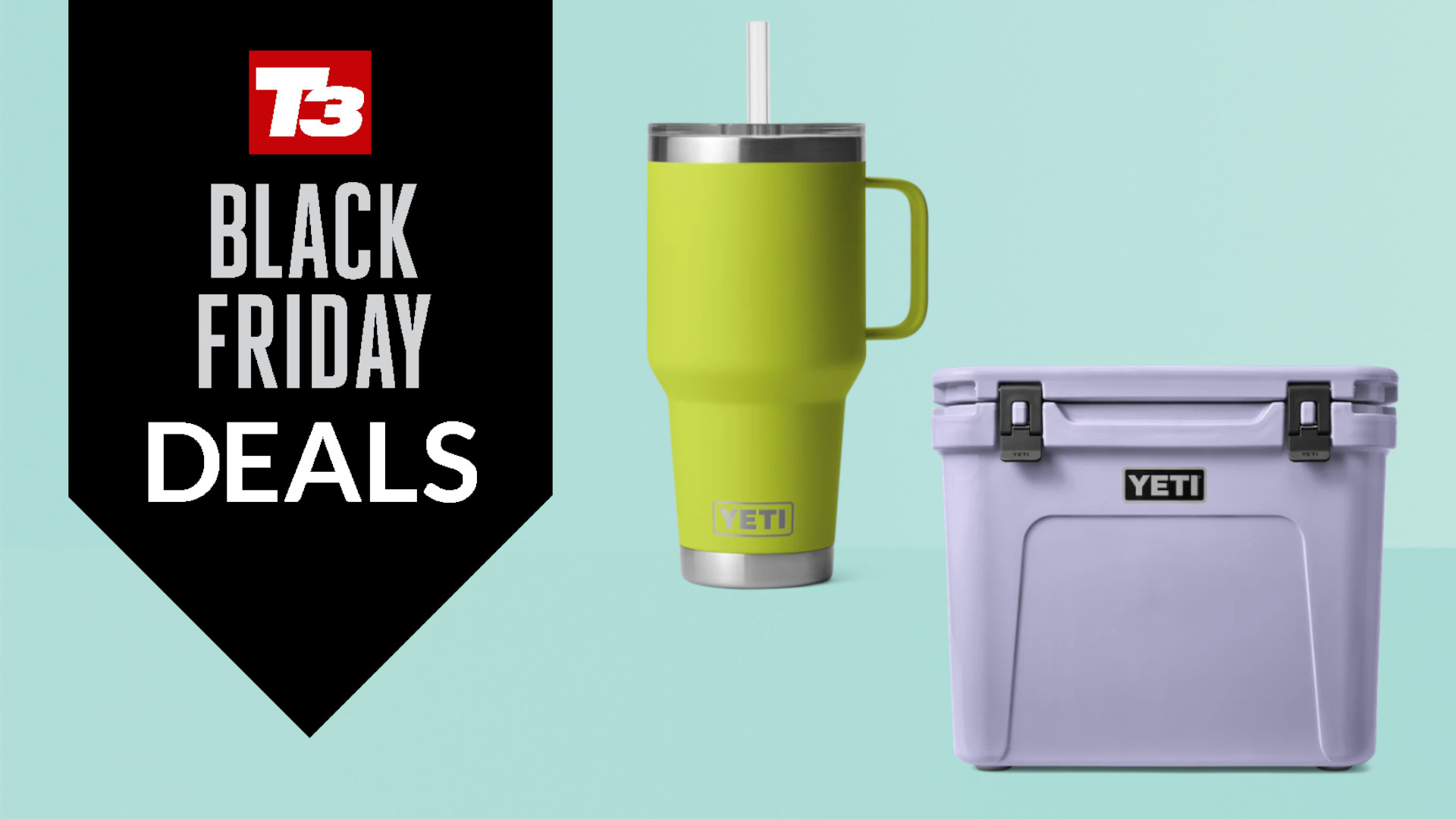 YETI’s best-selling products are ridiculously cheap in Amazon’s Black Friday sale
YETI’s best-selling products are ridiculously cheap in Amazon’s Black Friday saleFancy yourself a tumbler, rambler or cooler? Amazon's reduced them all
By Bryony Firth-Bernard Published
-
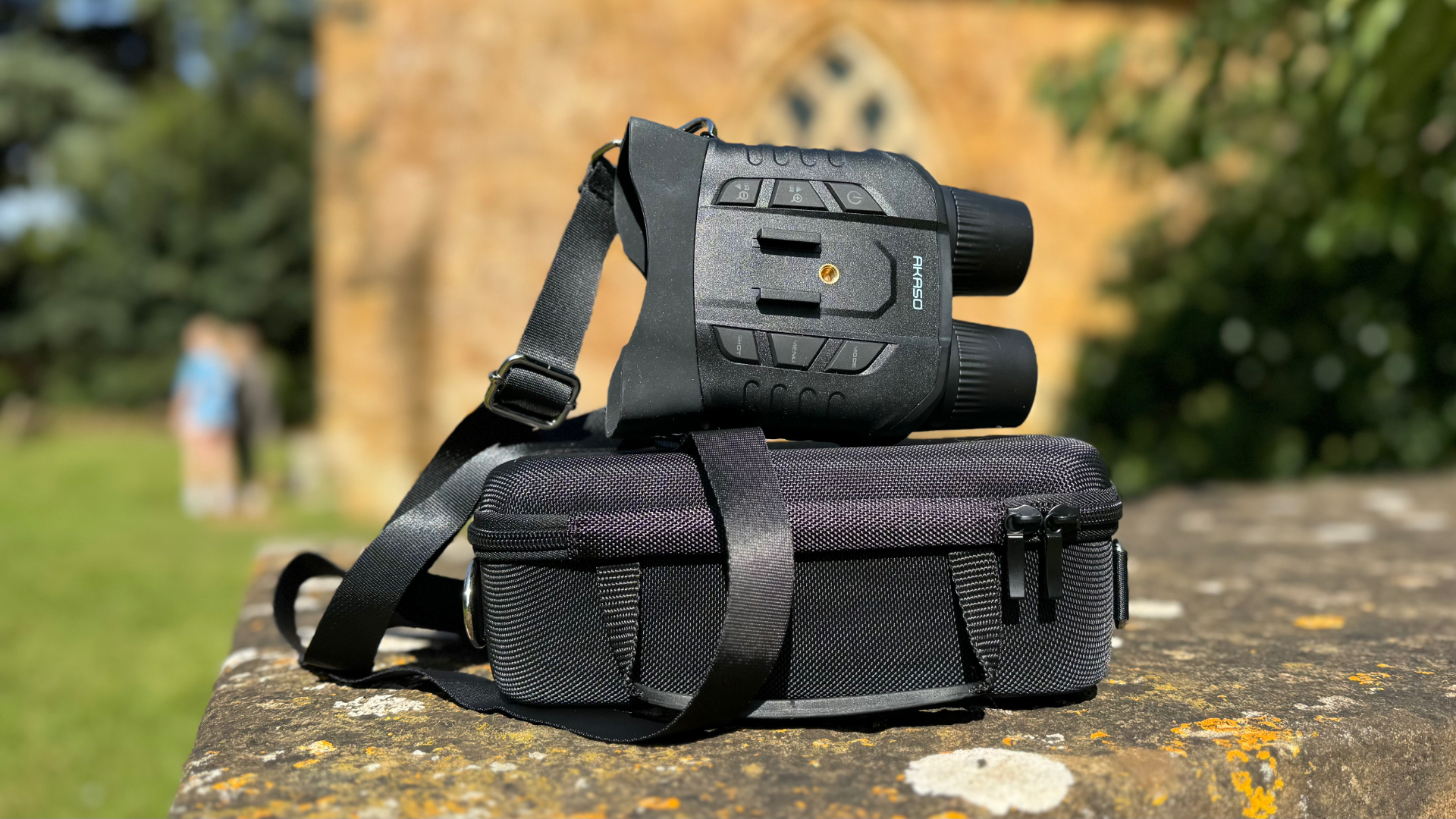 AKASO Seemor 200 night vision goggles review: unparalleled clarity for nighttime adventures
AKASO Seemor 200 night vision goggles review: unparalleled clarity for nighttime adventuresAKASO’s new NVD unlocks the night with cutting-edge colour vision technology
By Derek Adams Published

